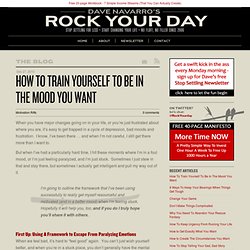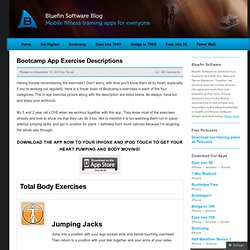

Khan Academy. MIT Guide to Lockpicking. Do As One. The Document Which Was Formerly Called The MIT Guide to Lockpicking. An interesting new lockpicking technique has been making its way around the internet.

This technique uses 'bump keys' to open locks in a similar fashion to lockpicking guns but without requiring specialized hardware. You can read about bump keys in this document, and see a news report about them here. --- Presenting ---(drumroll please) I am told that the university which has its' name associated with this document would prefer not to. Fine. I will now no longer refer to it as The MIT Guide To Lockpicking or The MIT Lockpicking Guide.
Which is too bad in a way. My original copy of this file was a text file zipped up with several GIF's. If you prefer, the entire thing is available as a PDF file or the original zipped postscript that the PDF was generated from. Nearly half of all the illustrations appear in chapter nine, so if that one takes a little while for your browser to fetch try to be patient. Otherwise, enjoy the file. . - Akira - Dave Ferret Ted the Tool February 14, 1992 Distribution. How To Train Yourself To Be In The Mood You Want. Dec 27, 2010 When you have major changes going on in your life, or you’re just frustrated about where you are, it’s easy to get trapped in a cycle of depression, bad moods and frustration.

I know, I’ve been there … and when I’m not careful, I still get there more than I want to. But when I’ve had a particularly hard time, I hit these moments where I’m in a foul mood, or I’m just feeling paralyzed, and I’m just stuck. Sometimes I just stew in that and stay there, but sometimes I actually get intelligent and pull my way out of it.
I’m going to outline the framework that I’ve been using successfully to really get myself resourceful and motivated (and in a better mood) when I’m feeling stuck. First Up: Using A Framework to Escape From Paralyzing Emotions When we feel bad, it’s hard to “feel good” again. The reason for this is that steps take the emotion out of our situation and give us direction to simply act. A: AGREE With Yourself That You Don’t Want To Be In This Mood Right Now. Dave. Bootcamp App Exercise Descriptions « Couch to 5K. Having trouble remembering the exercises?

Don’t worry, with time you’ll know them all by heart, especially if you’re working out regularly. Here is a break down of Bootcamp’s exercises in each of the four categories. The in app exercise picture along with the description are listed below. As always, have fun and enjoy your workouts. My 5 and 2 year old LOVE when we workout together with this app. Download the app now to your iPhone and iPod Touch to get your heart pumping and body moving! Visit www.bootcampapp.com for more app details.
Like us on Facebook! Please feel free to contact me with any of your questions or suggestions support@runhelper.com Like this: Like Loading... Einstein for Everyone. Einstein for Everyone Nullarbor Press 2007revisions 2008, 2010, 2011, 2012, 2013 Copyright 2007, 2008, 2010, 2011, 2012, 2013 John D.

Norton Published by Nullarbor Press, 500 Fifth Avenue, Pittsburgh, Pennsylvania 15260 with offices in Liberty Ave., Pittsburgh, Pennsylvania, 15222 All Rights Reserved John D. An advanced sequel is planned in this series:Einstein for Almost Everyone 2 4 6 8 9 7 5 3 1 ePrinted in the United States of America no trees were harmed web*bookTM This book is a continuing work in progress. Personal Training Programs - Free custom weight training programs. Training Programs for Fitness, Weight Loss. Born to Learn ~ You are Born to Learn. PatrickJMT. SCHOPENHAUER'S 38 STRATAGEMS, OR 38 WAYS TO WIN AN ARGUMENT. Arthur Schopenhauer (1788-1860), was a brilliant German philosopher.

These 38 Stratagems are excerpts from "The Art of Controversy", first translated into English and published in 1896. Carry your opponent's proposition beyond its natural limits; exaggerate it. The more general your opponent's statement becomes, the more objections you can find against it. The more restricted and narrow his or her propositions remain, the easier they are to defend by him or her. Use different meanings of your opponent's words to refute his or her argument. (abstracted from the book:Numerical Lists You Never Knew or Once Knew and Probably Forget, by: John Boswell and Dan Starer)